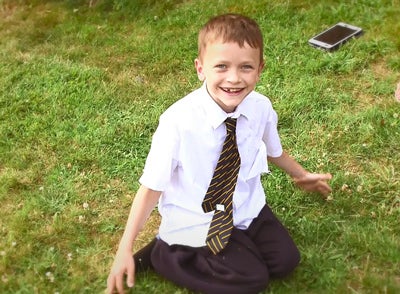What exactly is cerebral palsy?
Cerebral palsy (CP) is not a disease. It is a neurological disorder that is diagnosed during infancy or childhood and affects muscle control, coordination and movement.1 CP is a lifelong condition that will require treatment and management, but you are not alone, we are here to help.

The exact causes of cerebral palsy (CP) are not always known.1
However, multiple causes and certain risk factors may be linked with cerebral palsy.
- Malformations during fetal development
- Maternal infections during pregnancy
- Certain genetic factors
- Problems during labour and delivery
- Post-natal infections or injuries
These causes may all affect normal brain development, resulting in various types and degrees of CP.1
Most parents go through several emotions when first learning of their child’s diagnosis, but you are not alone in these feelings. You can speak to your healthcare team about any questions you have regarding diagnosis. You may also want to find out about support groups to talk to other parents and caregivers of children with CP.
References:
- Reddihough DS and Collins KJ. The epidemiology and causes of cerebral palsy. Aust J Physiother. 2003;49(1):7-12.